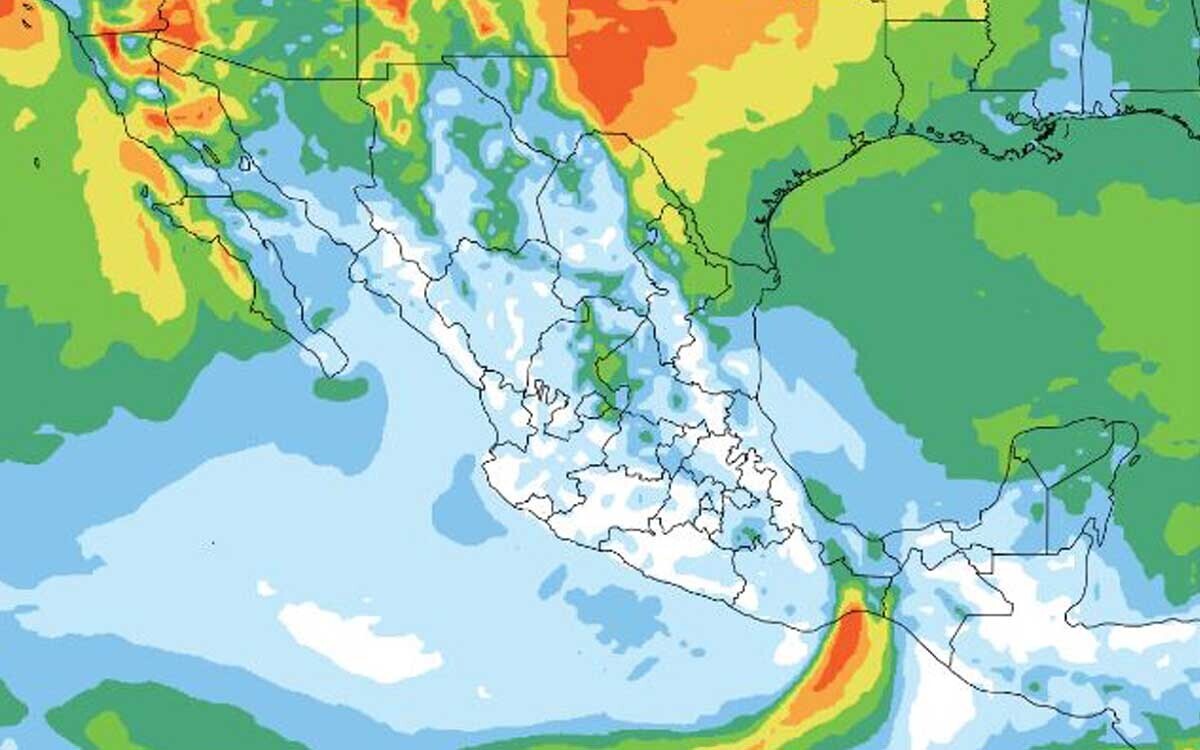
A new cold front will approach and enter the northwest of Mexico this Monday, causing a drop in temperature and wind gusts of 60 to 80 km/h with dust storms in several regions. The National Meteorological Service reported that this system will interact with polar and subtropical jet streams, mainly affecting Baja California, Baja California Sur, Sonora, Chihuahua, and Coahuila, with possible isolated rains in Baja California and Sonora.
The cold front is also expected to continue moving on Tuesday over Sonora and Chihuahua, maintaining the drop in temperature and generating winds of 50 to 70 km/h with dust storms in different states of the country. Gusts of 70 to 90 km/h with possible dust storms are forecasted in Sonora, Chihuahua, and Coahuila.
In addition, other weather conditions such as tropical wave number 28, a trough at high levels of the atmosphere, and a new tropical wave approaching the coasts of Quintana Roo, along with the new cold front approaching the northwest of Mexico, will cause very heavy rainfall in Chiapas, Oaxaca, Quintana Roo, Tabasco, and Veracruz.
On the other hand, heavy rain is expected in areas of Campeche, Guerrero, and Yucatán, as well as intervals of showers in various entities of the country. North component wind with gusts is also expected in the Isthmus and Gulf of Tehuantepec, as well as waves in the same Gulf and other regions.
Anticyclonic circulation will maintain low temperatures in various areas, with possibilities of snow or sleet at the tops of some volcanoes. Minimum temperatures of -5 to 0 degrees Celsius are anticipated in some mountains, and 0 to 5 degrees in other mountainous areas.
On the other hand, a hot to very hot environment is expected in some regions, with maximum temperatures that could reach 40 degrees in some states. In light of this forecast, the SMN recommends that the population take preventive measures such as dressing adequately, staying hydrated, avoiding sudden temperature changes, and protecting themselves from solar radiation. Special attention should be given to vulnerable groups, and the guidelines of health authorities and Civil Protection should be followed.














